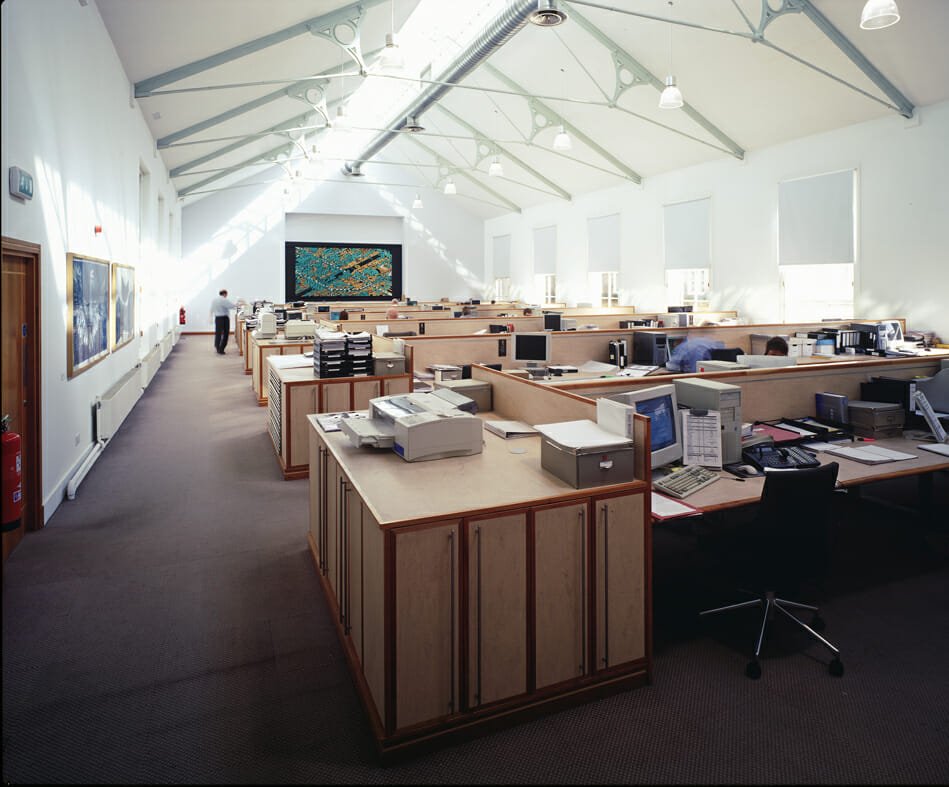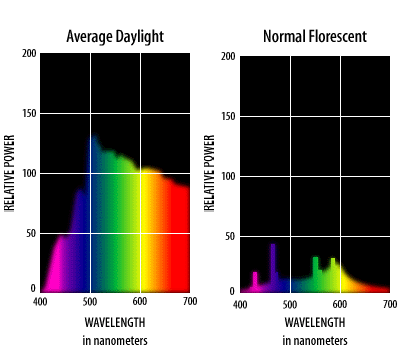News
Lighting enlightened: Three strategies to harness natural light for your business

In a recent blog post, we discussed some of the most commonly cited environmental factors that affect worker productivity and workplace efficiency. Today, we’ll examine in more depth the first of those: lighting.
Effective lighting is critical to today’s economy. If you’re in any doubt as to just how dependent we are upon good lighting, think back to the last time you experienced a full power outage at home or in your business. Without light, we can’t work, and business grinds to a halt.
While overhead fluorescent bulbs have been standard office illumination devices for decades, more and more businesses are discovering that passive lighting strategies, which take advantage of the natural light that travels 93 million miles from the sun to earth, can boost employee productivity and reduce operating costs. Here are three ways that businesses can make the most of sunlight.
Windows are perhaps the most obvious solution, and they’re certainly the most fundamental. Wide swaths of glass give occupants a sense of connection to the world and allow sunlight to stream in. Well designed windows can even take advantage of the sun’s natural angle in the sky, admitting more light when the sun is low on the horizon and heating needs are higher, and restricting light admittance in summer when additional heat is neither needed nor wanted.
Light shelves are conceptually simple but very effective features that allow natural light to reach further into a building than can windows alone. A light shelf is simply a horizontal extension of the ceiling, sometimes made from a highly reflective material, that captures outside light and redirects it horizontally into a space. Modern light shelves are capable of guiding sunlight a distance up to 4 times the height of the aperture, meaning a 10 foot (3 meter) tall window could provide illumination up to 40 feet (12 meters) into the interior space.
Solar tubes, or light tubes, offer an excellent solution for capturing, redirecting, and making efficient use of sunlight. These innovative devices consist of a roof-mounted lens that is connected to an internal ceiling by means of flexible tubing. The tubing is lined with a highly reflective material that guides light waves from the aperture (entrance) to the diffuser (exit). An effective light tube can concentrate and introduce enough natural light to replace up to four 60 watt incandescent bulbs (or the compact fluorescent equivalent), but with only a third of the generated heat.

Natural light includes the full visible and invisible spectra, while artificial lighting is usually limited to certain wavelengths. Full-spectrum lighting has proven effective in studies of those with seasonal affective disorder (SAD) and can boost morale and productivity.
Of course, effective natural lighting strategies require adequate sunlight, and this depends on your climate, latitude, and time of year. While an office building in Reykjavík will need to rely on artificial light most of the winter, sunlight is in abundant supply in summer.
Businesses that take advantage of natural light save money, support employee morale, and enhance productivity. And that’s the kind of enlightenment that benefits us all.
